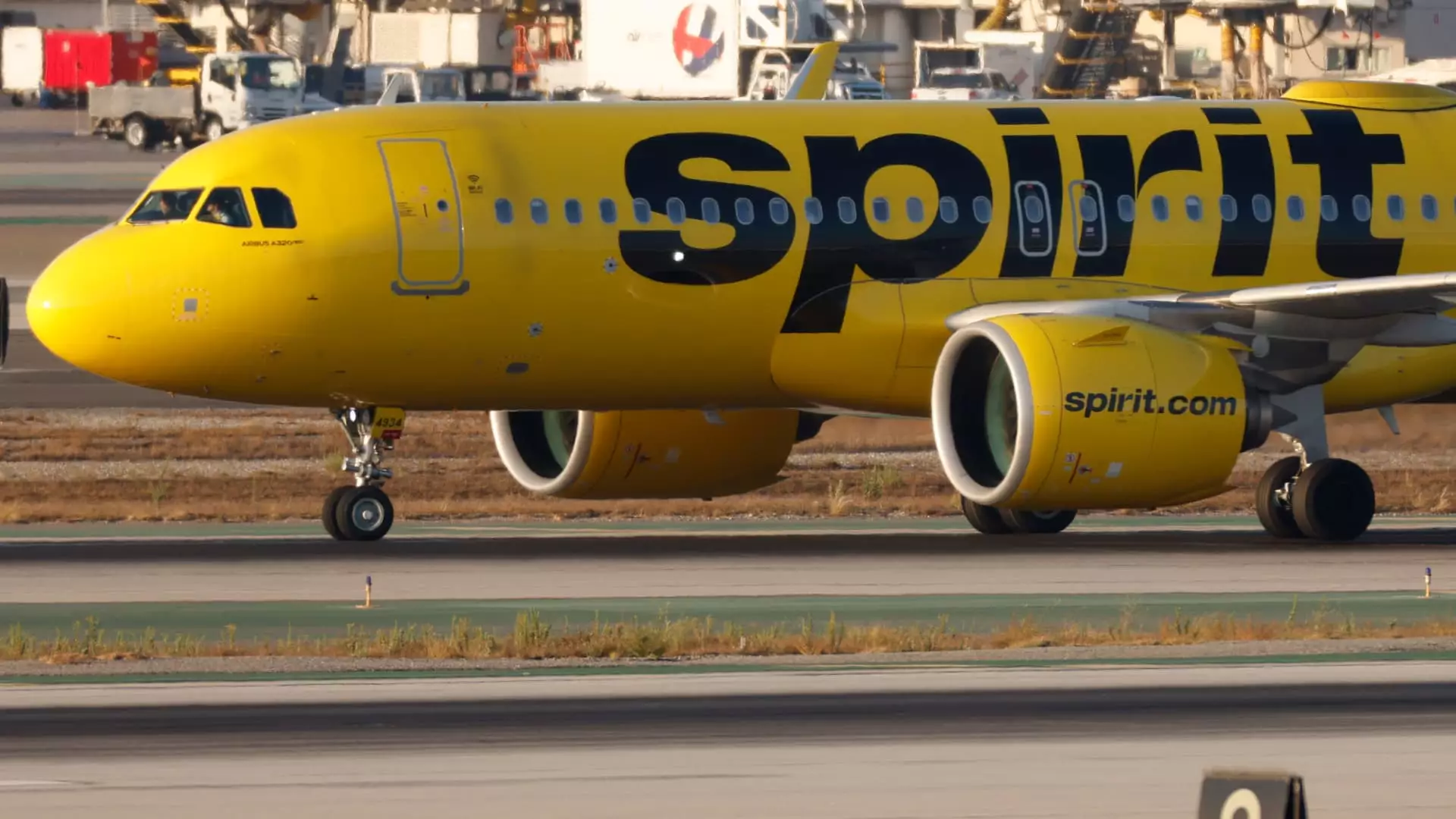Spirit Airlines, a well-known name in budget travel, has filed for bankruptcy protection, marking a significant moment in the airline industry. This decision comes in the wake of numerous financial challenges, including mounting losses, the failure of a merger attempt, and intensified competition. The carrier’s struggle to adapt to changing consumer preferences, especially post-pandemic, has exacerbated the situation, illustrating the precarious balance budget airlines must maintain to thrive in a volatile market.
In early September 2023, Spirit Airlines reached a prearranged agreement with its bondholders, securing $300 million in debtor-in-possession financing. This funding aims to support the airline during its Chapter 11 proceedings, which it anticipates will conclude by the first quarter of the upcoming year. According to company statements, vendors and aircraft lessors will not be adversely affected during this process, suggesting that operational continuity remains a priority.
Spirit’s latest court filing disclosed that the airline’s assets and liabilities fall between $1 billion and $10 billion. Despite these staggering figures, Spirit is committed to maintaining operations throughout the bankruptcy process. CEO Ted Christie attempted to reassure customers that their ability to book flights and redeem loyalty points would remain untouched. However, the disclosure that the airline would be delisted from the New York Stock Exchange after this filing is a stark reminder of its precarious position.
Over the past year, the airline’s struggles have become emblematic of broader challenges facing budget carriers. Shares of Spirit have plummeted over 90% amid widespread concerns about its financial health, driven by factors such as a costly engine recall that grounded a significant portion of its fleet and a sharp increase in operational costs following the COVID-19 pandemic. The airline’s attempts to renegotiate $1.1 billion in loyalty bonds with its credit card processor culminated in further complications as deadlines were pushed back, revealing the fragile state of its financial obligations.
The airline industry is notorious for its razor-thin margins and fierce competition, and Spirit has not been exempt from these realities. Under normal circumstances, a budget model that focuses on low fares with ancillary fees for services has proven successful, allowing Spirit to expand over the years. However, the landscape shifted dramatically with the return of travel demand post-pandemic. Airlines experienced a surge in operational costs and a dip in fare prices amid oversupply, significantly impacting Spirit’s revenue streams.
Spirit Airlines reported a staggering loss exceeding $335 million during the first six months of 2023. Attempts to shore up cash flow included the sale of 23 Airbus aircraft to GA Telesis, generating $519 million. These strategic moves point to a desperate attempt to improve liquidity, which is expected to reach around $1 billion by year-end. The decision to furlough another 330 pilots, in addition to the 200 furloughed earlier in September, highlights ongoing challenges as the airline cuts routes and consolidates operations, indicating a need for tighter cost control moving forward.
Another critical aspect contributing to Spirit’s challenges is the fallout from its canceled merger talks. Earlier negotiations to merge with Frontier Airlines were interrupted by JetBlue’s overture, which ultimately fell through following a federal judge’s ruling on antitrust grounds. This decision not only blocked Spirit’s growth potential but also reflected broader concerns within the airline industry about competition and pricing power.
Despite the challenges, Spirit’s business model sparked a wave of similar initiatives among larger carriers, leading to the introduction of basic economy options by airlines like Delta, American, and United. However, as these legacy airlines adapted, Spirit found itself increasingly unable to compete effectively. The recent introduction of bundled fares and upgraded seating options reflected an acknowledgment of shifting consumer preferences, but whether these changes would be enough to regain market share remains questionable.
As Spirit Airlines navigates through this tumultuous period, several analysts remain cautiously optimistic about potential recovery strategies. The airline’s commitment to maintaining operations during bankruptcy is a positive signal to loyal customers. Speculation is also rife regarding possible renewed discussions with Frontier Airlines, indicating that collaborations could still be on the table.
The story of Spirit Airlines reveals the intricate dynamics at play in the airline industry, where budget carriers are struggling to maintain profitability amid challenging market conditions and fierce competition. As Spirit attempts to chart a new course post-bankruptcy, its ability to adapt and innovate will be crucial in determining its long-term viability. The road ahead is fraught with uncertainty, but the determination to forge ahead may yet secure a future for this beloved budget carrier.


Leave a Reply